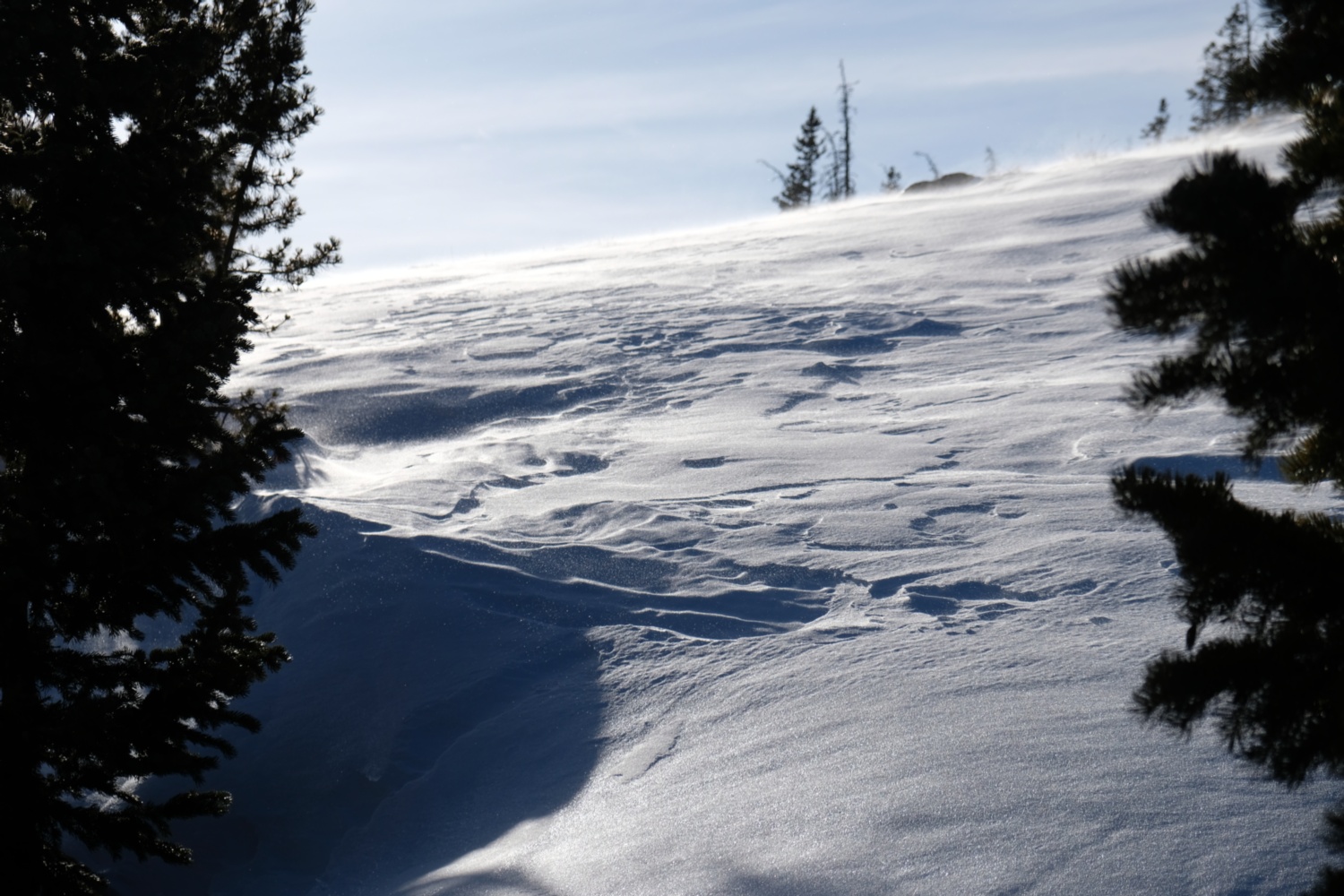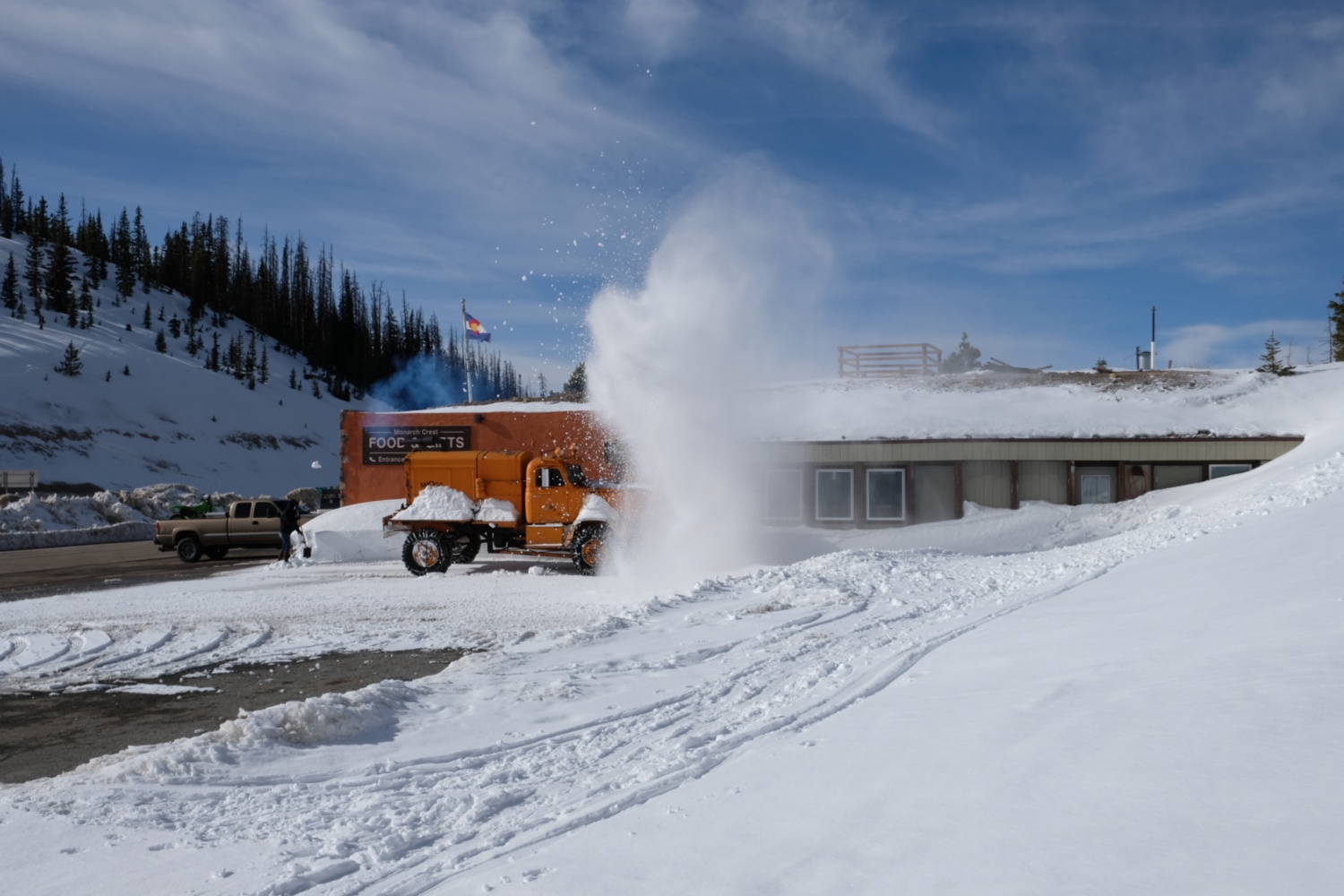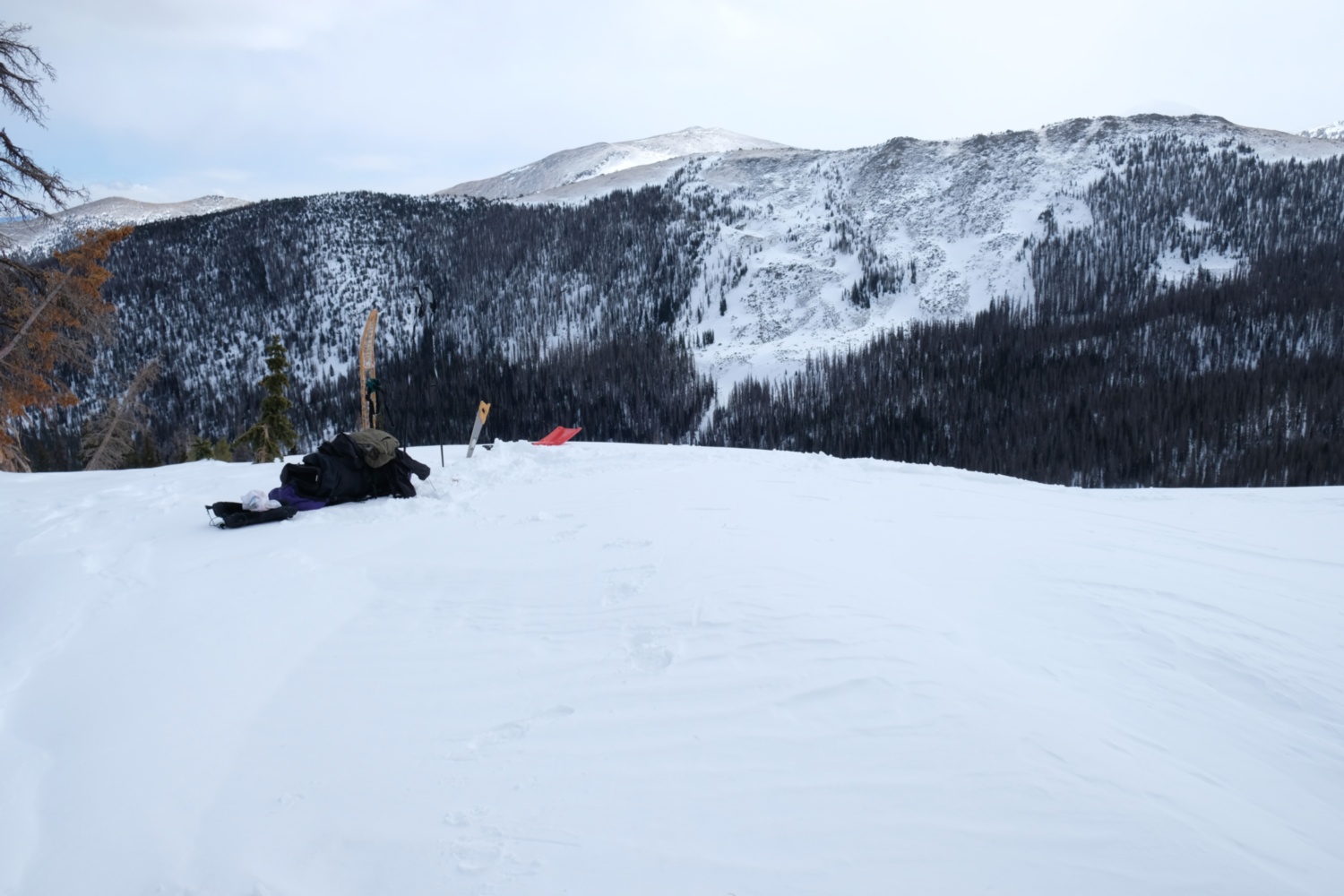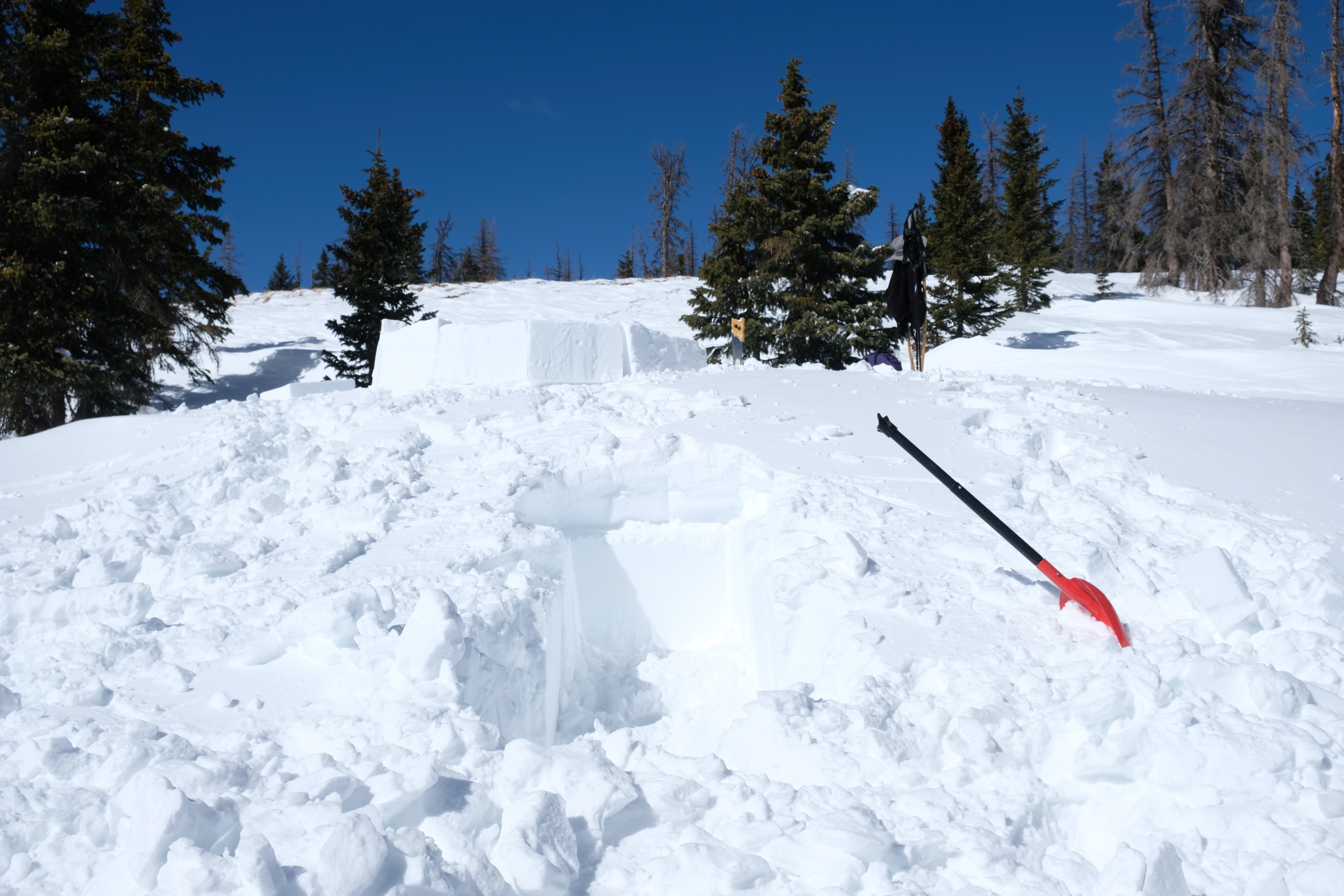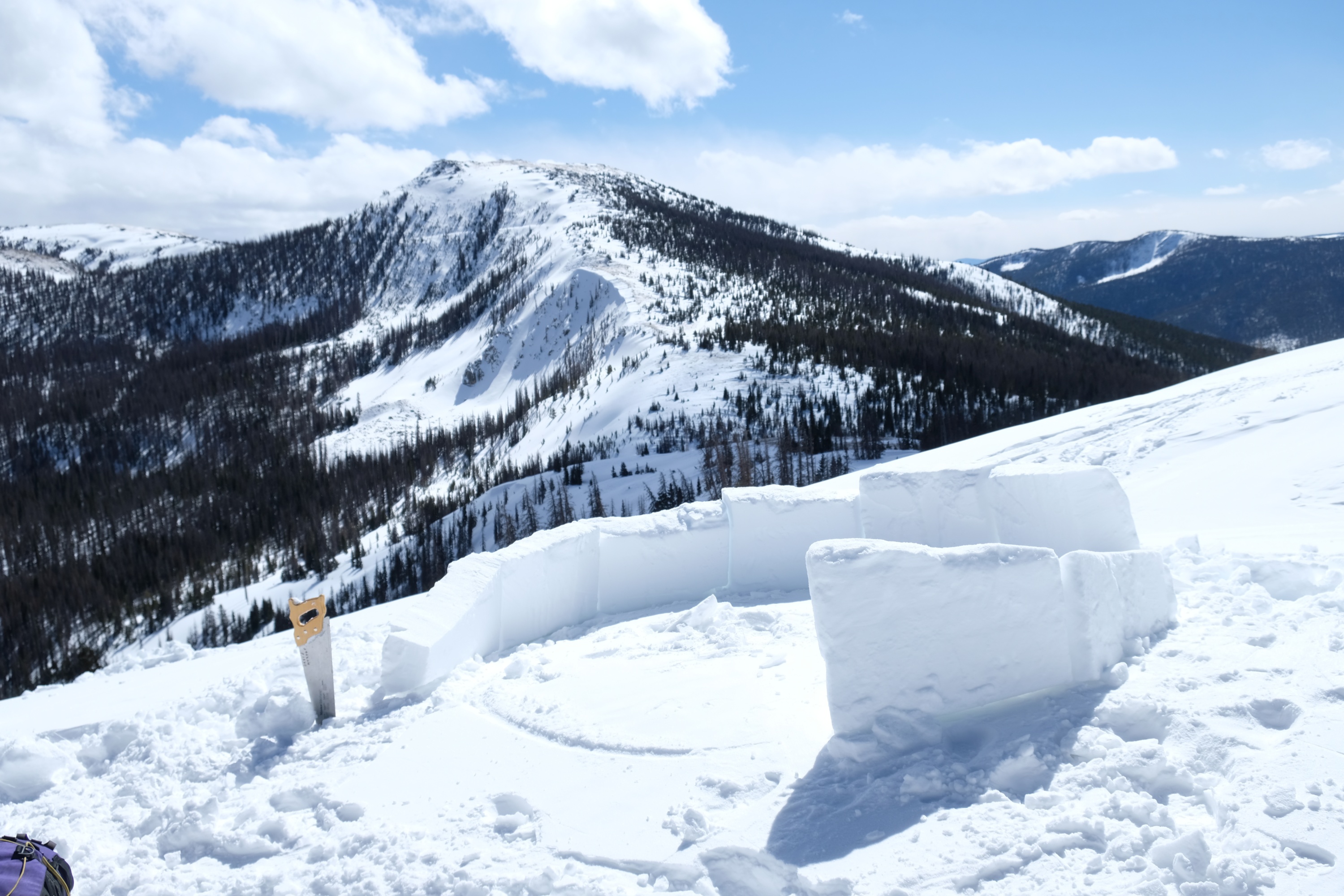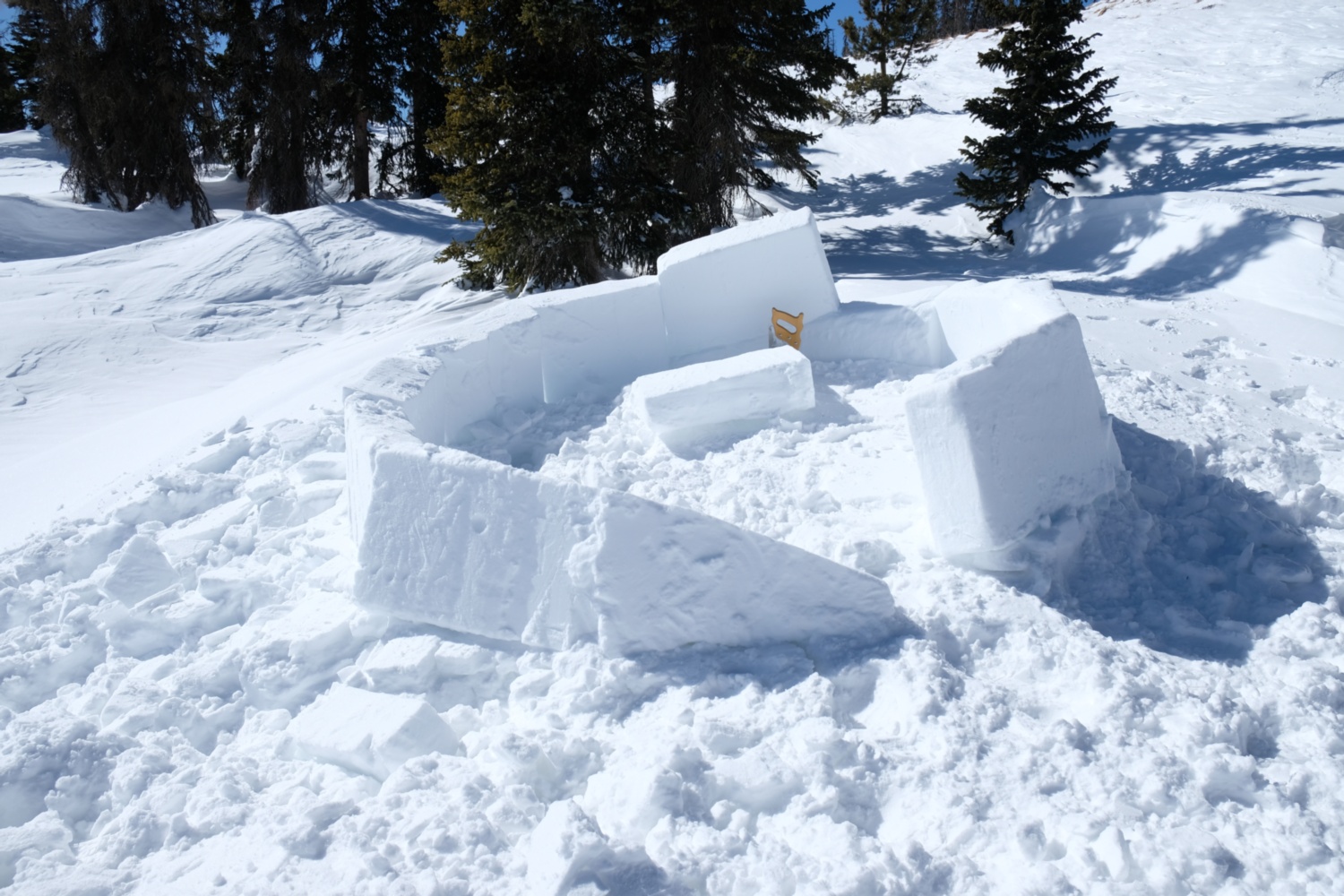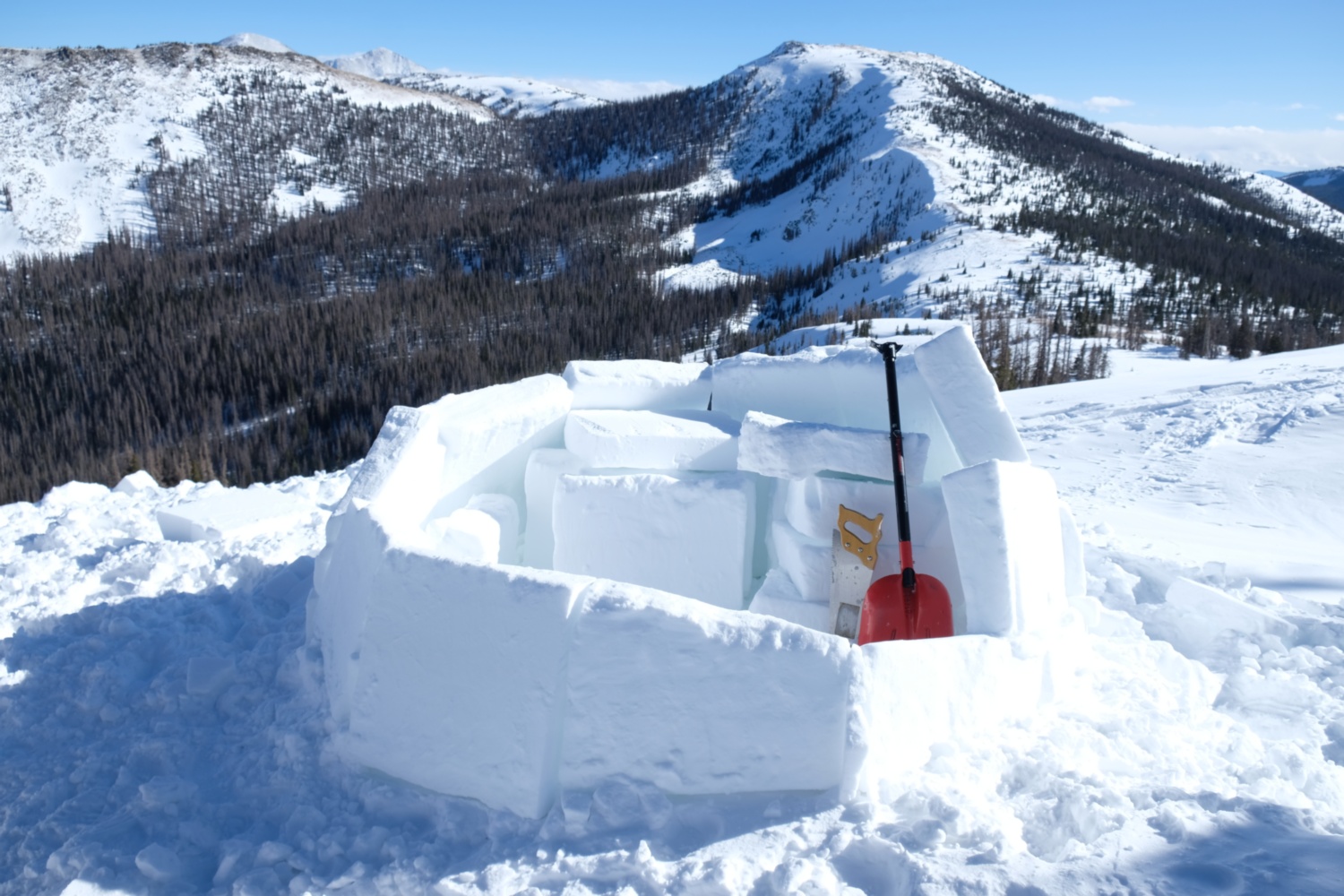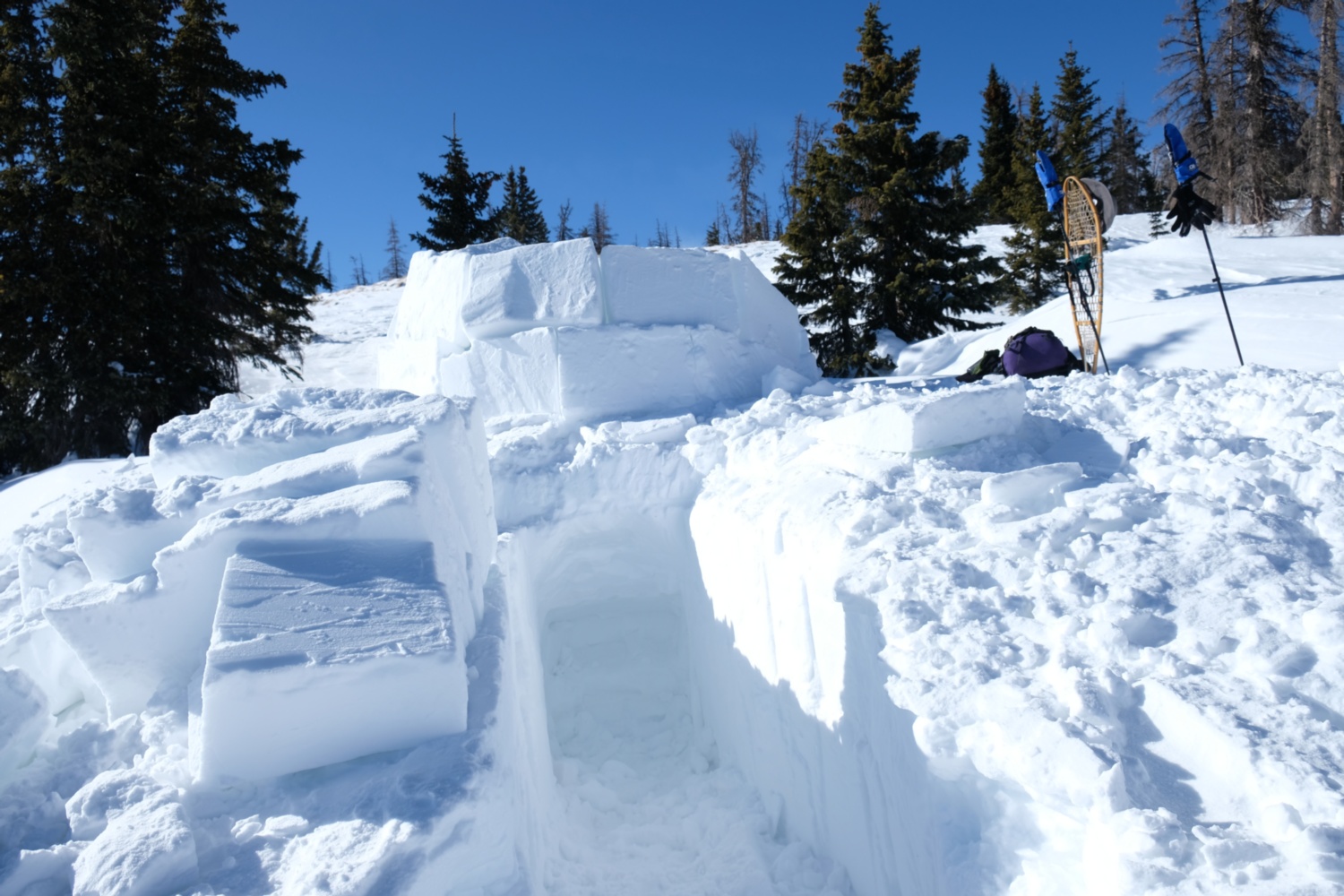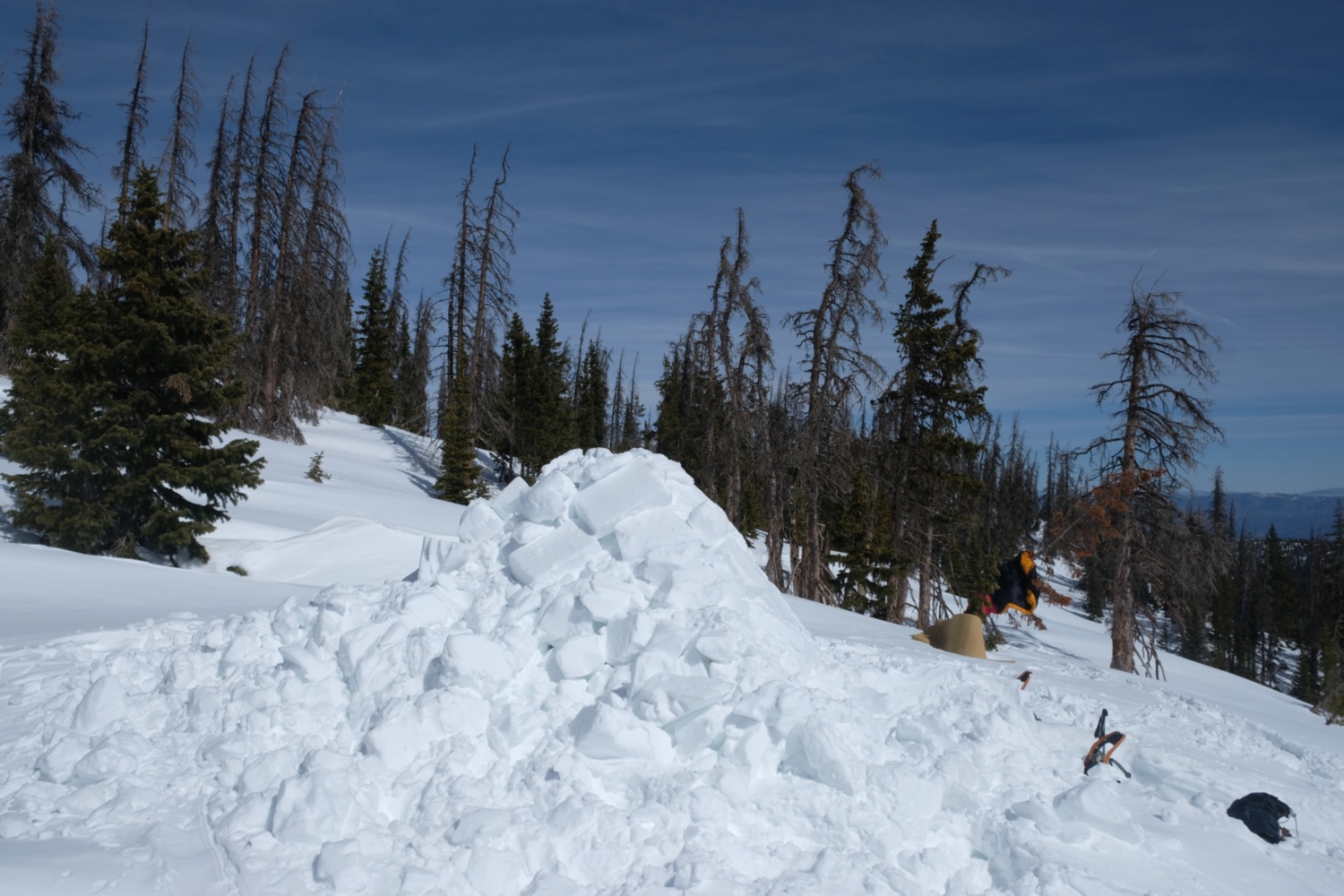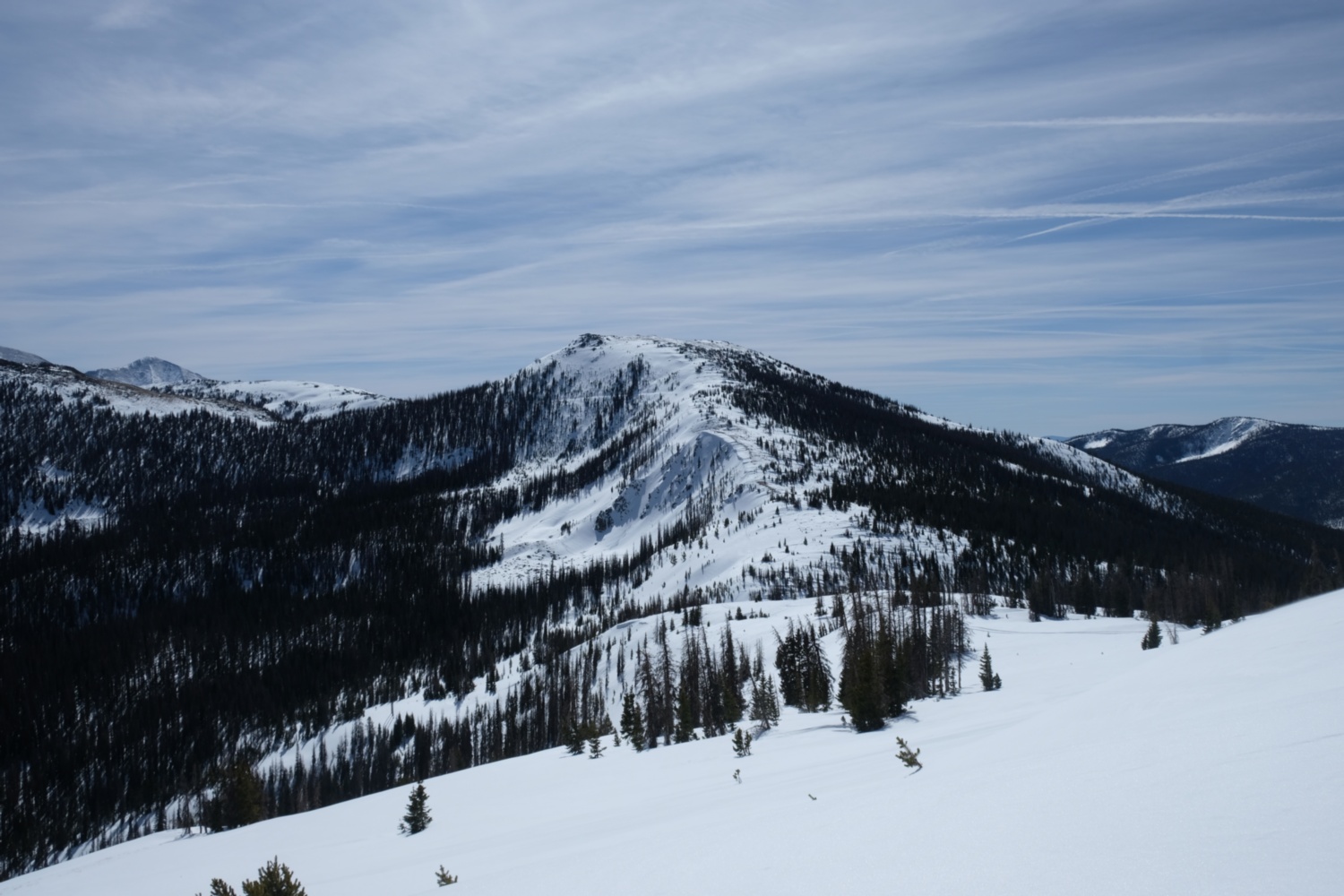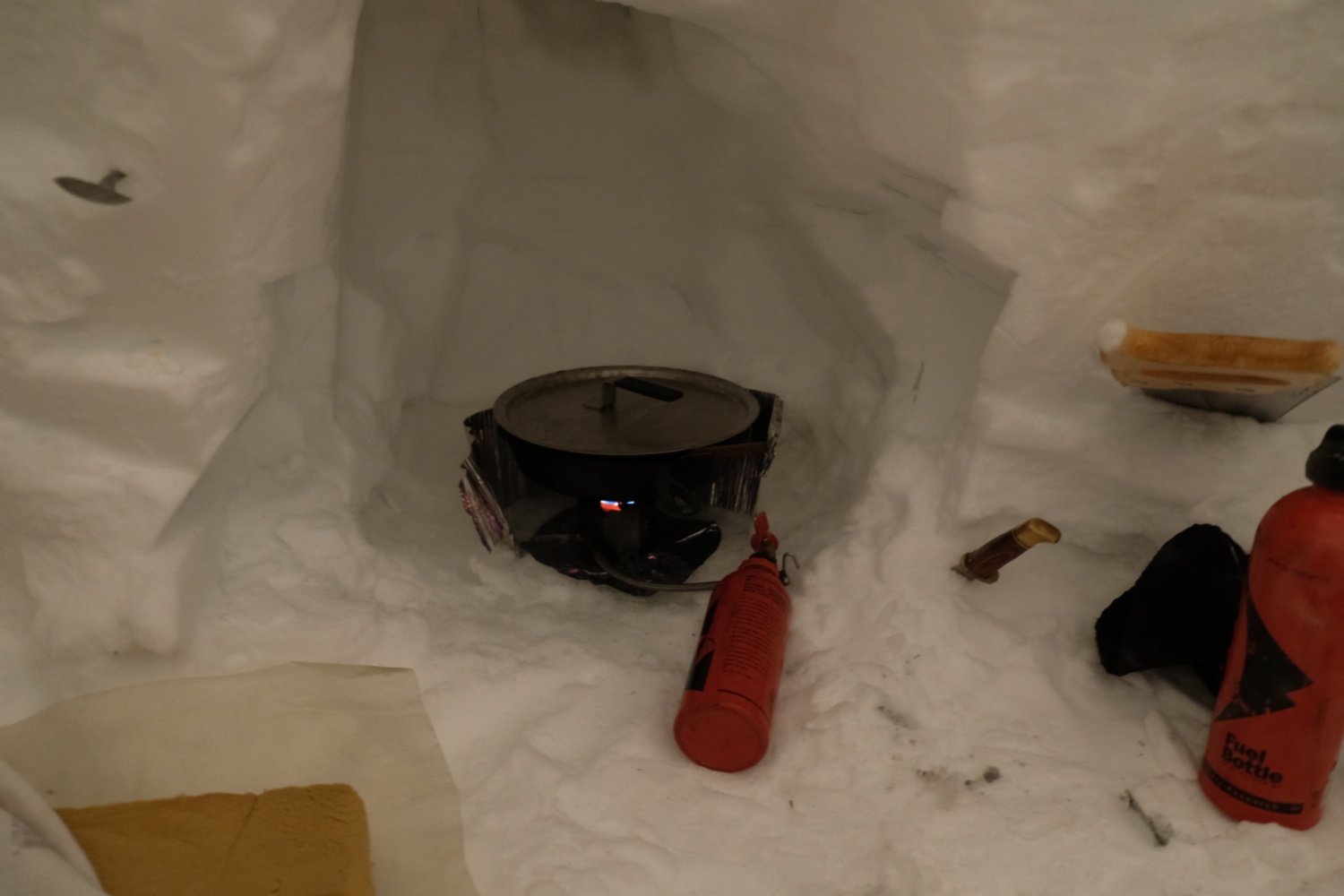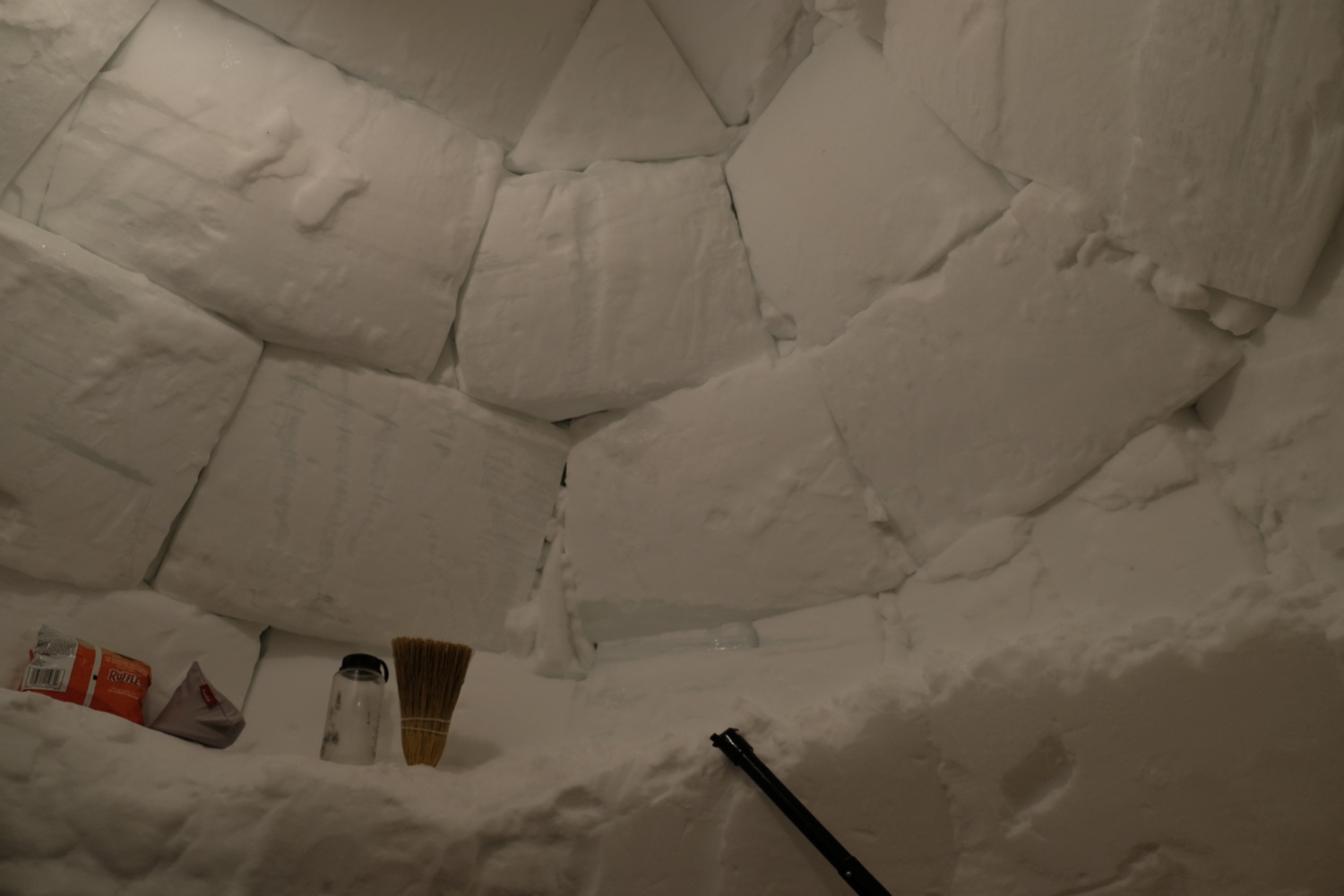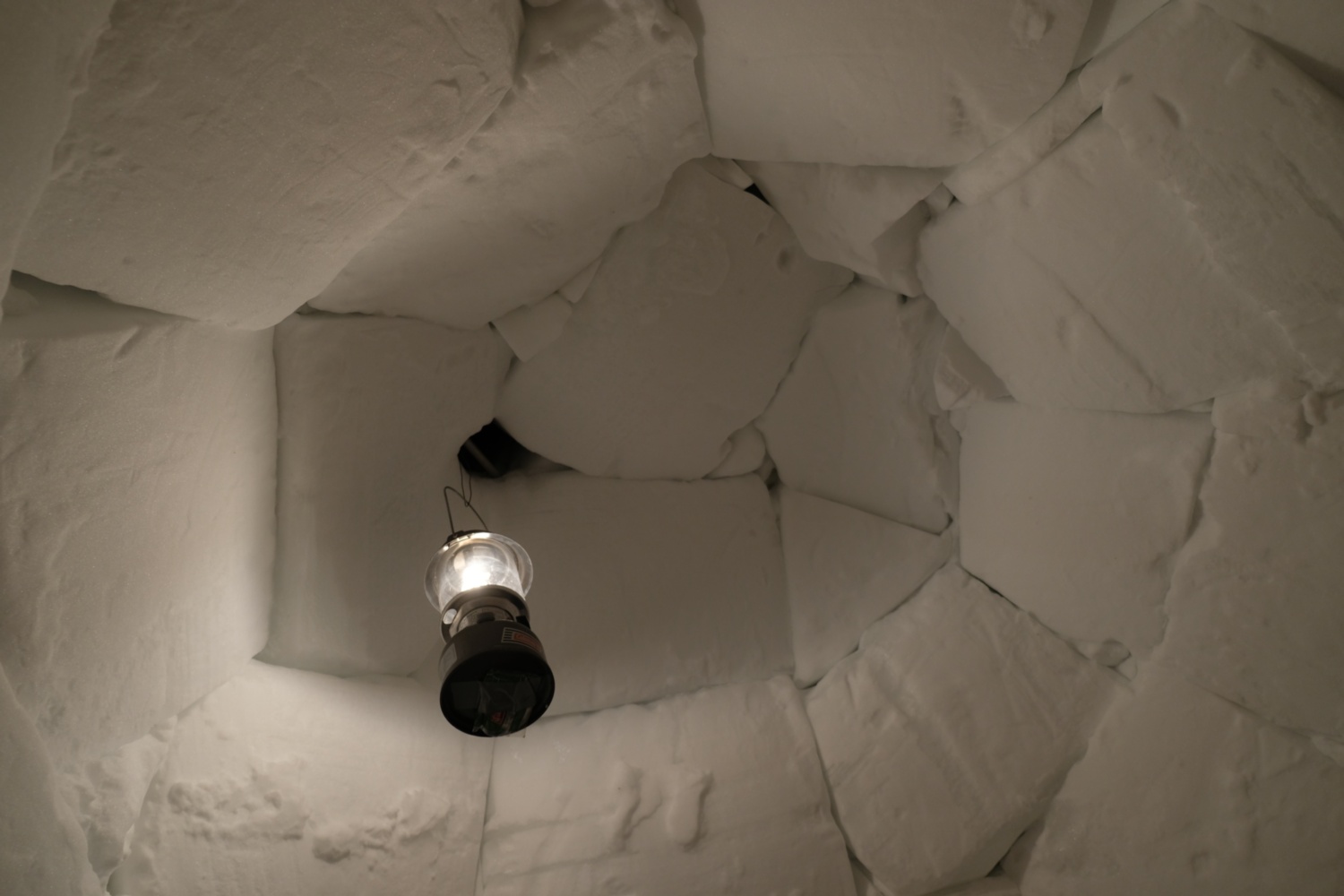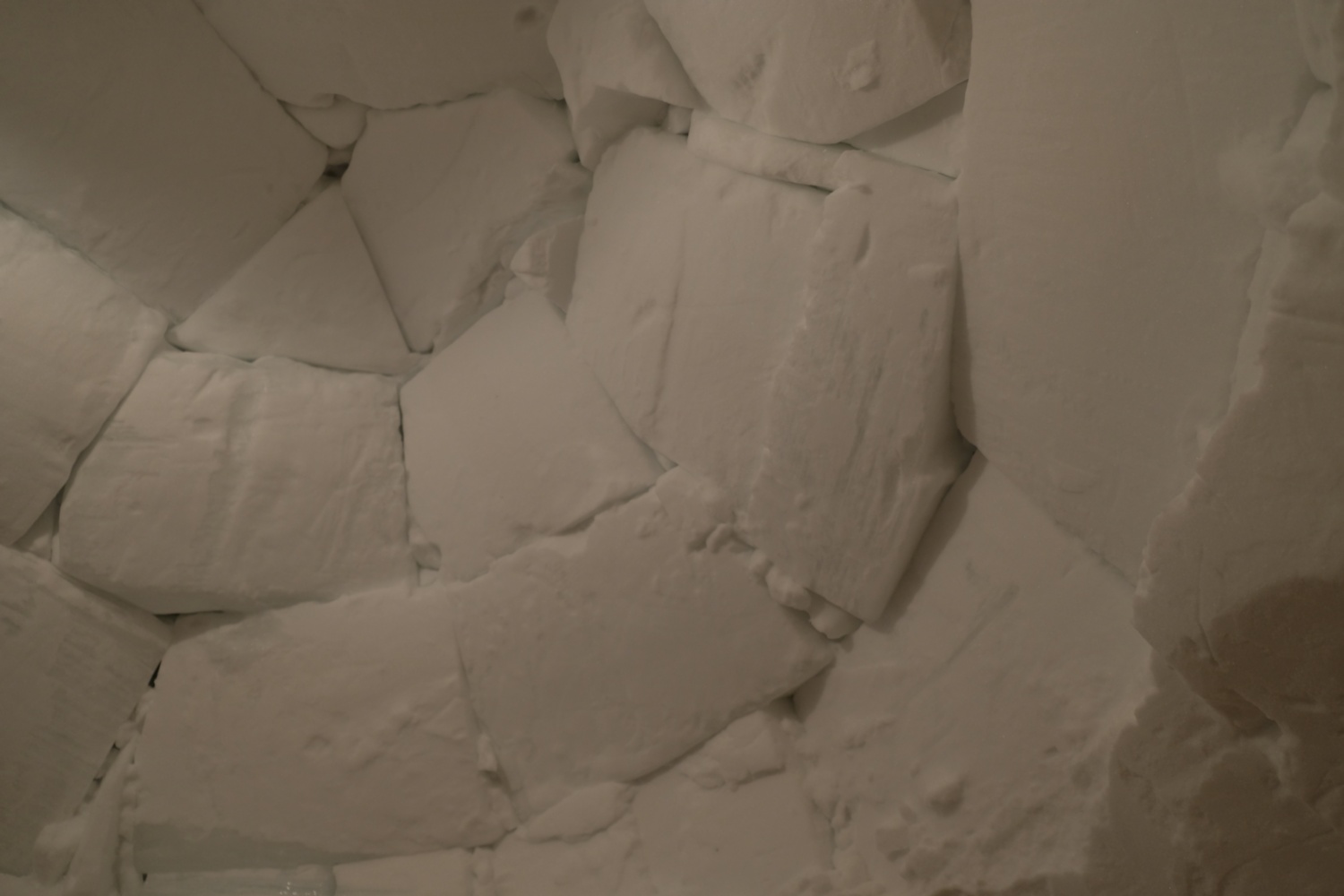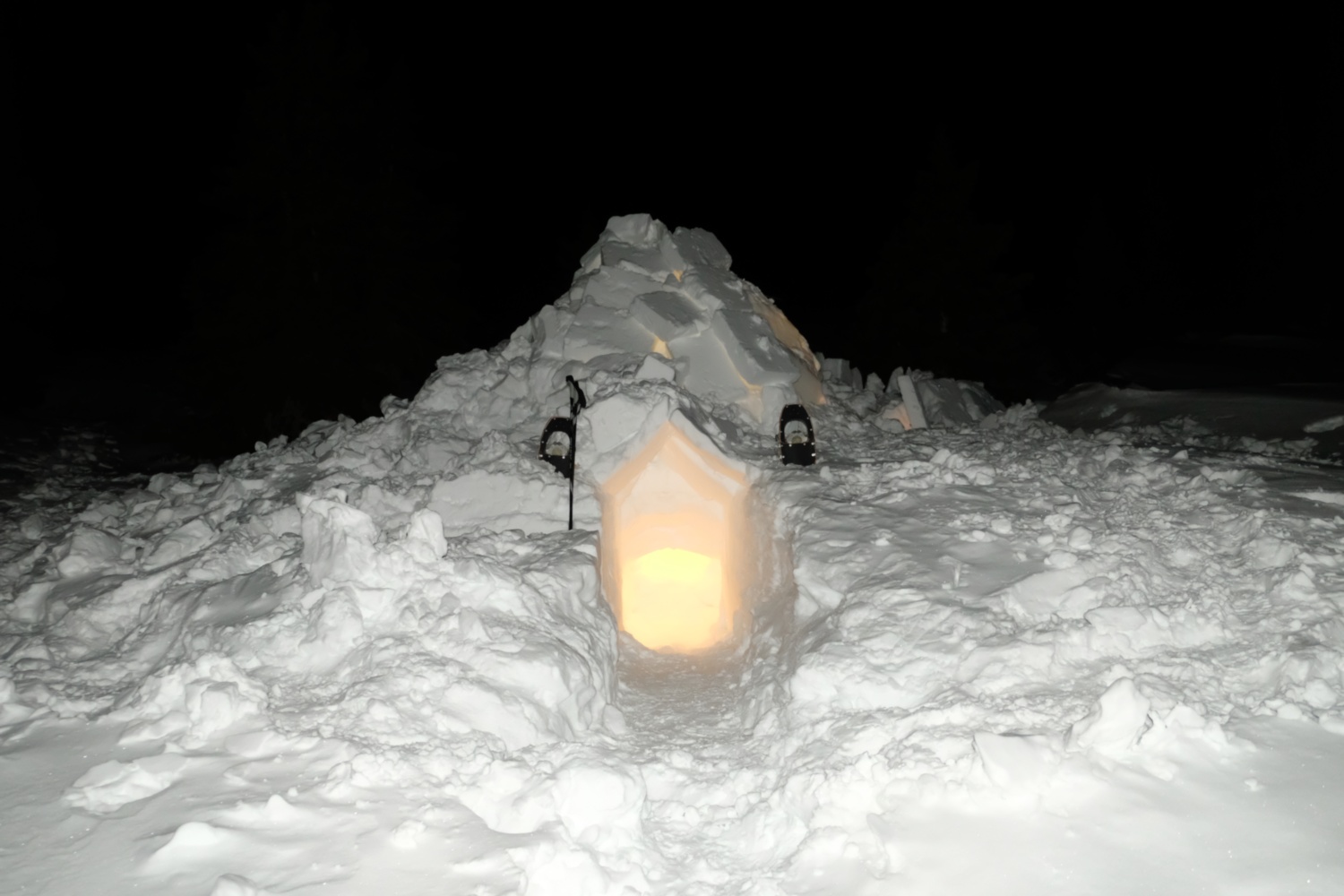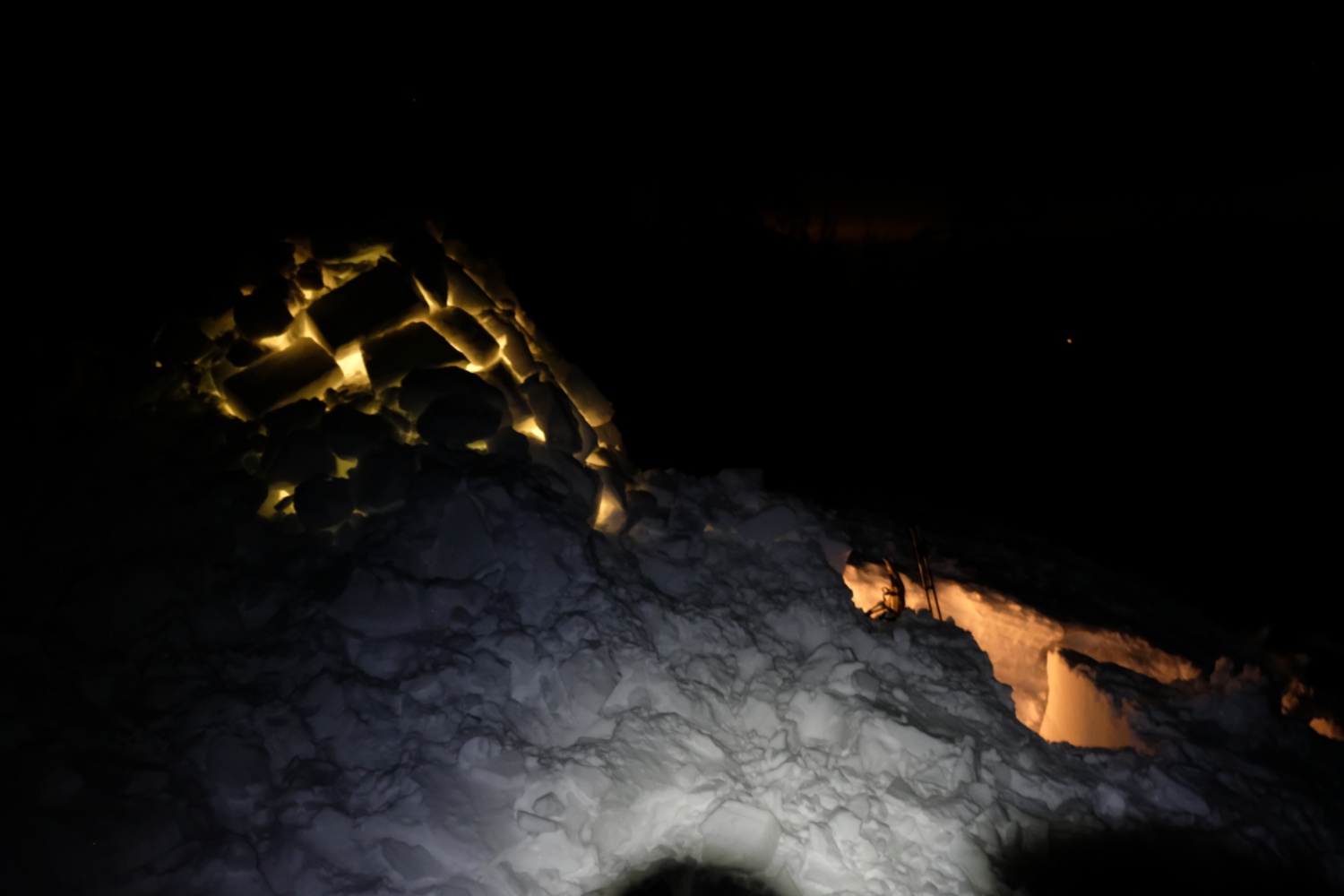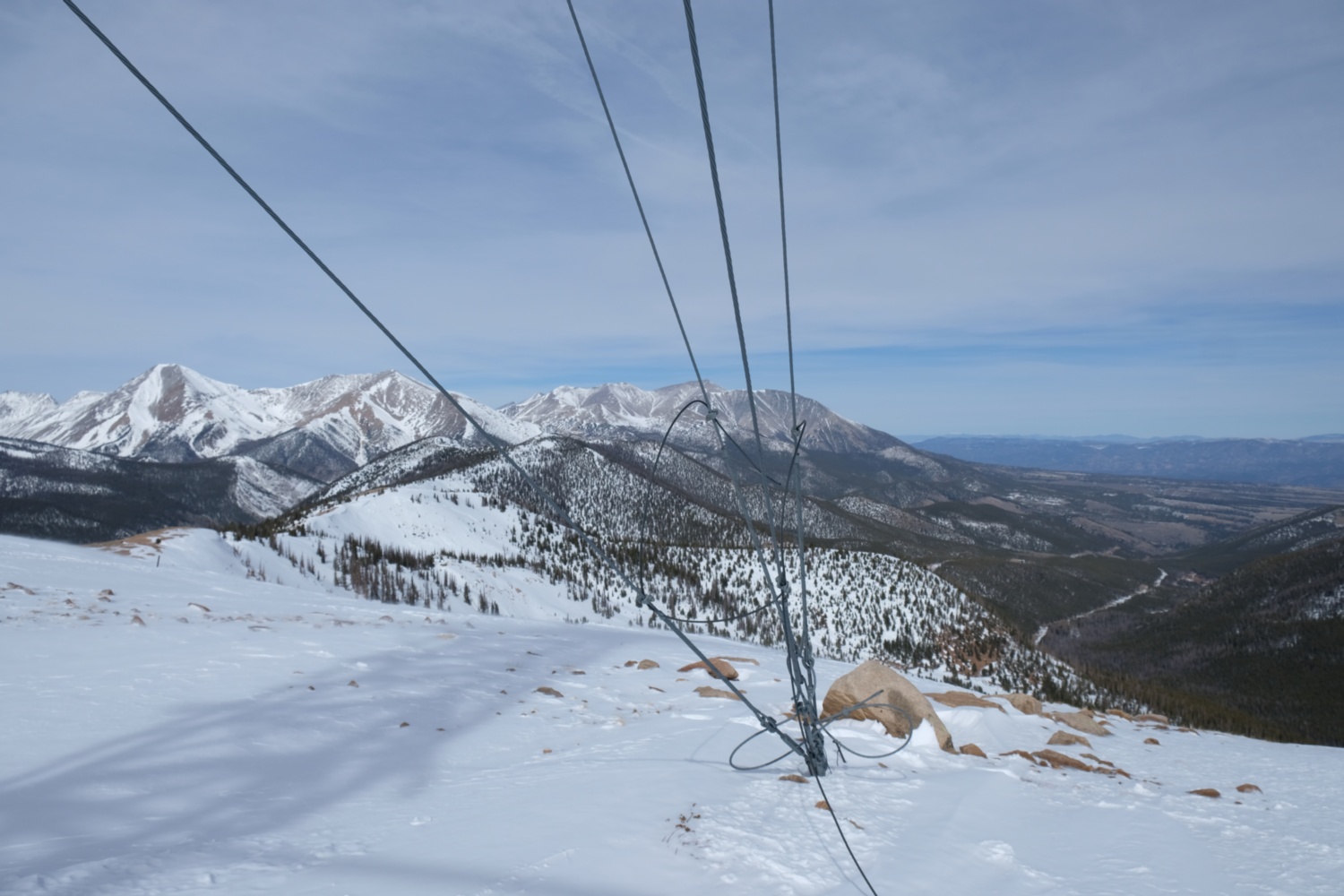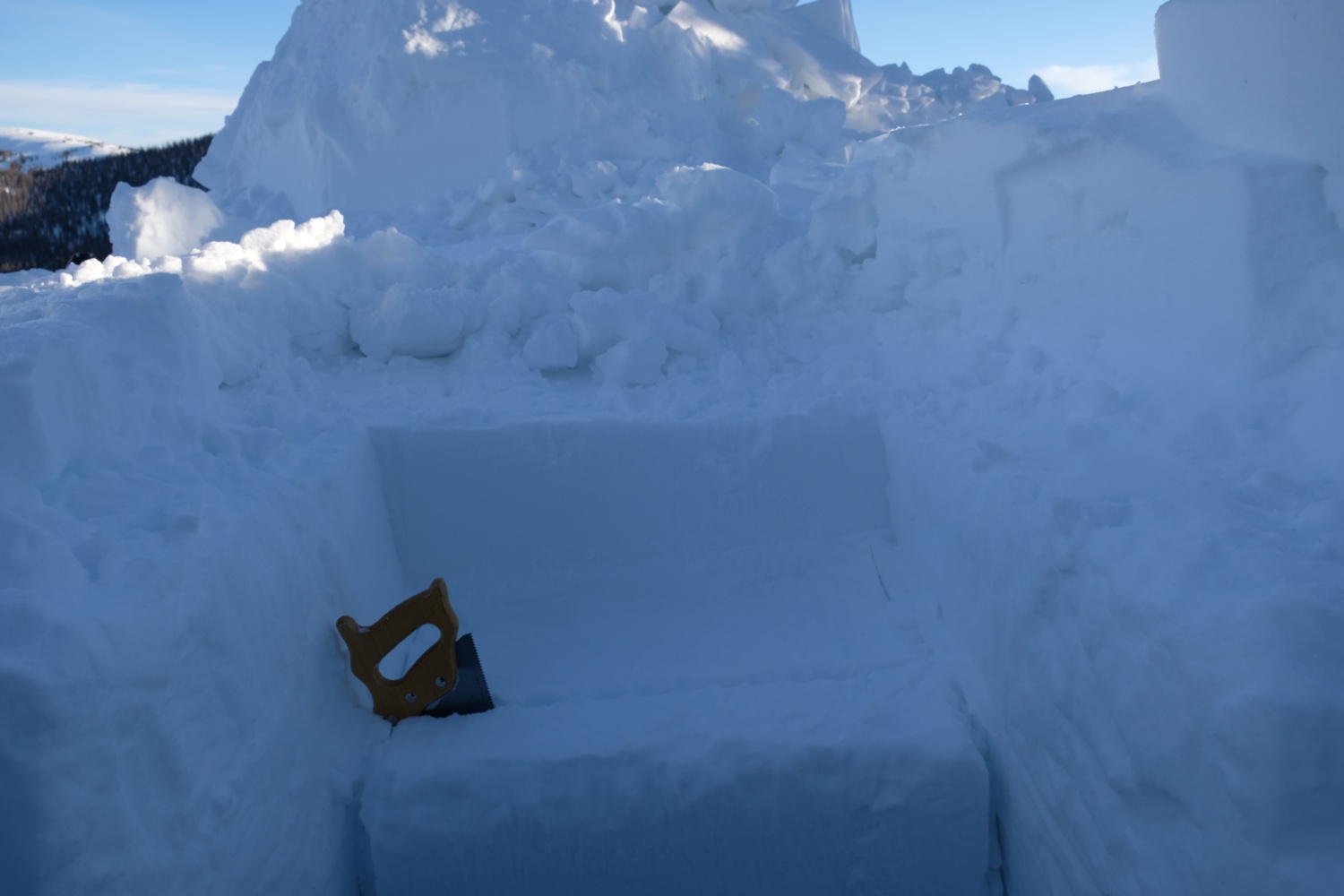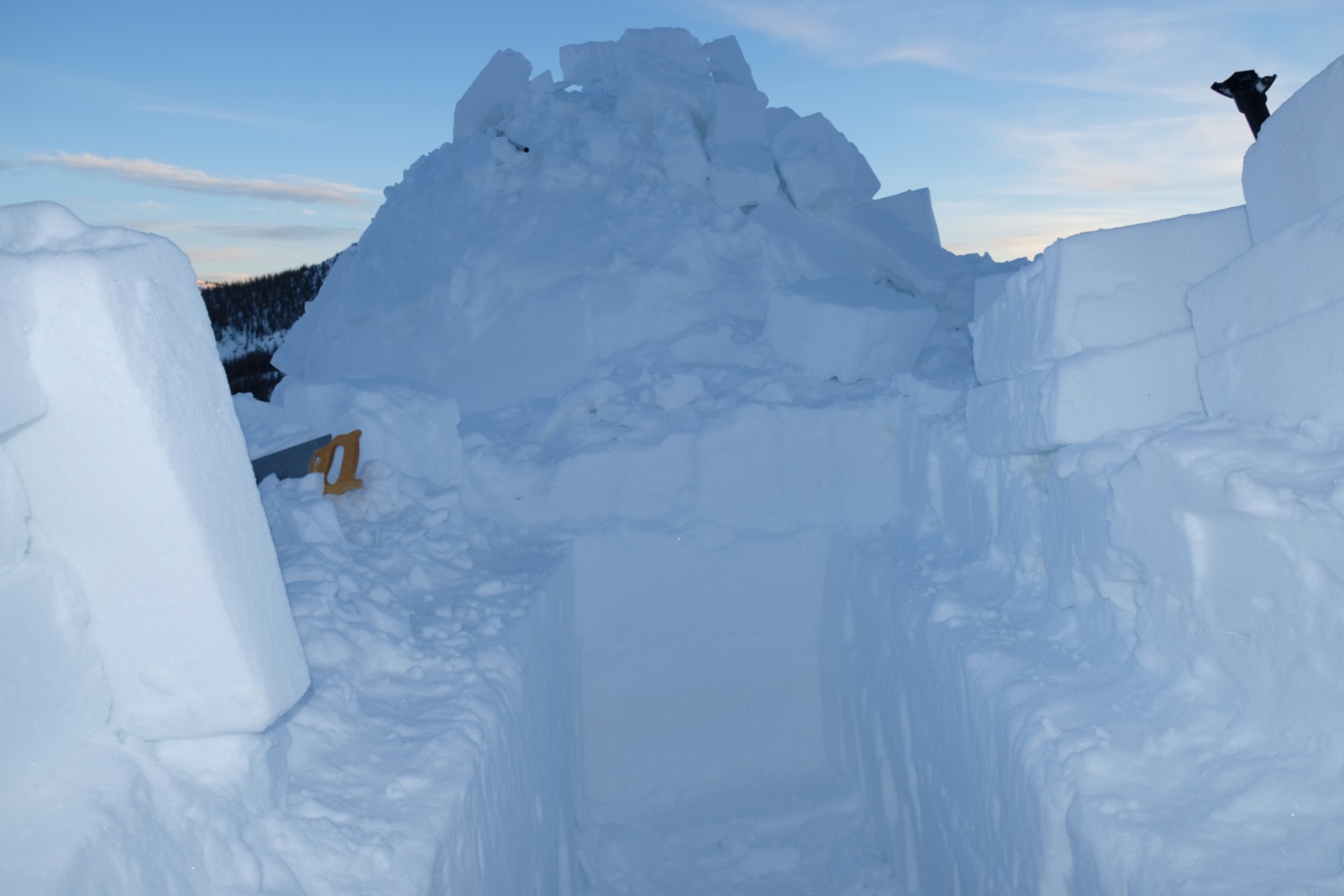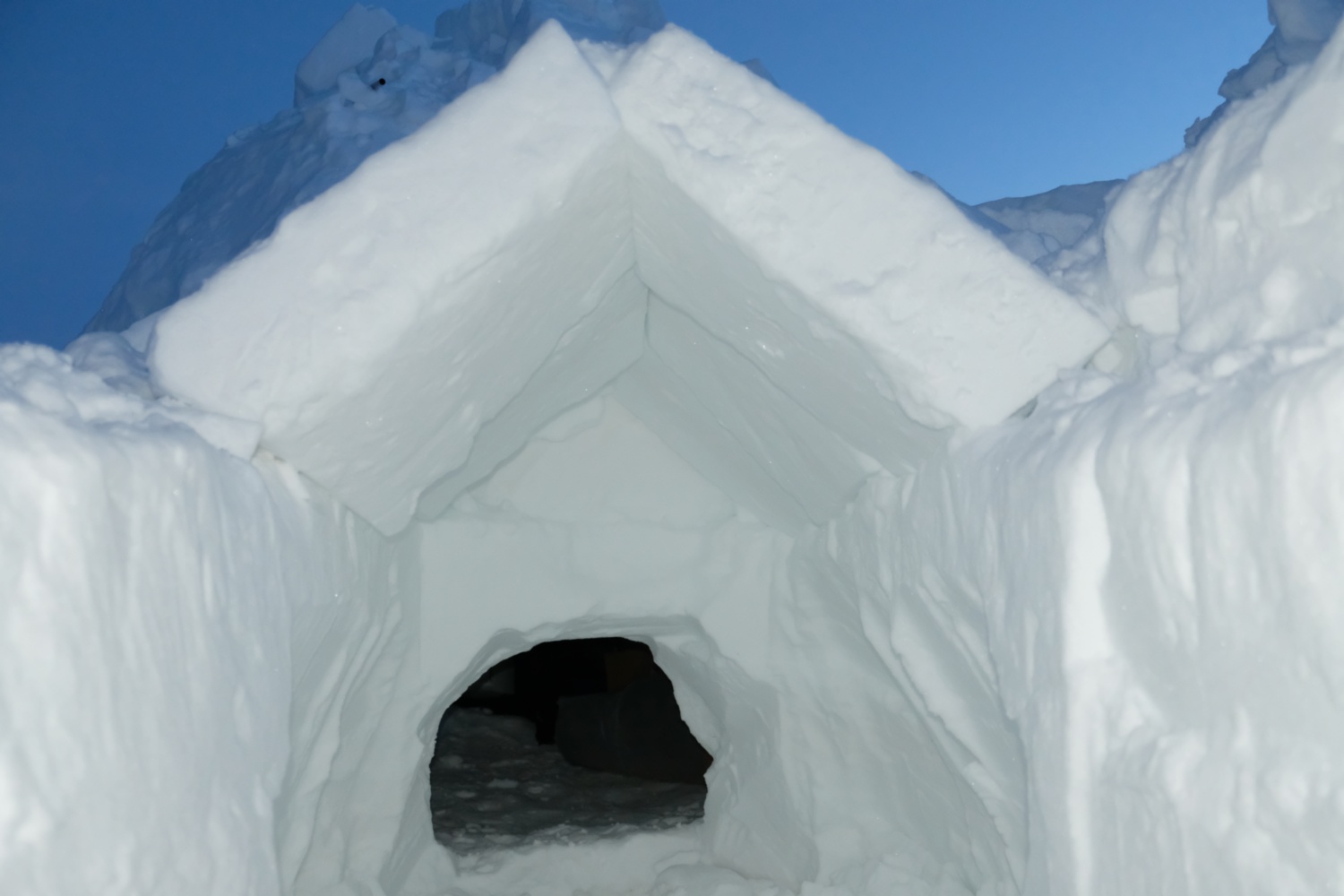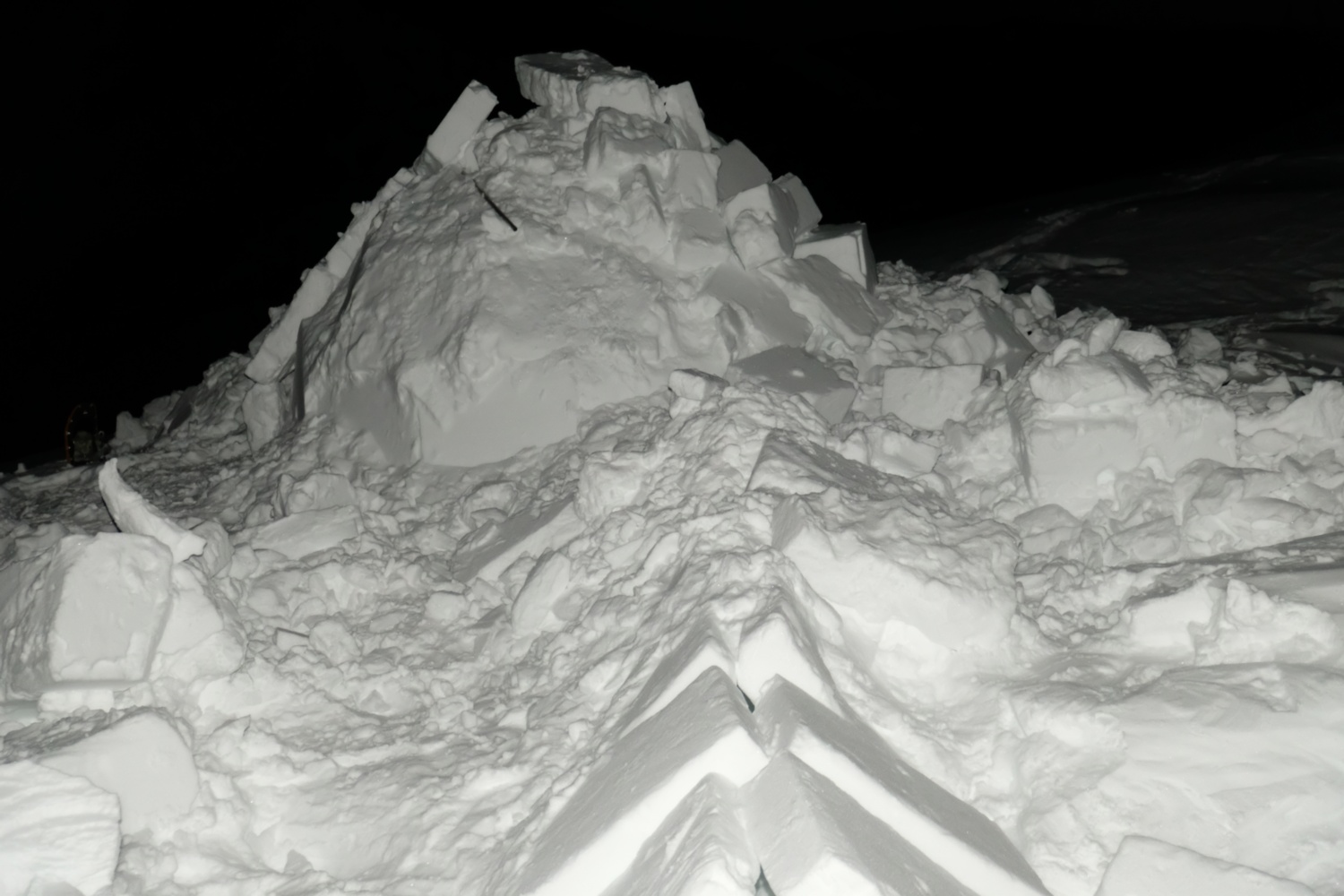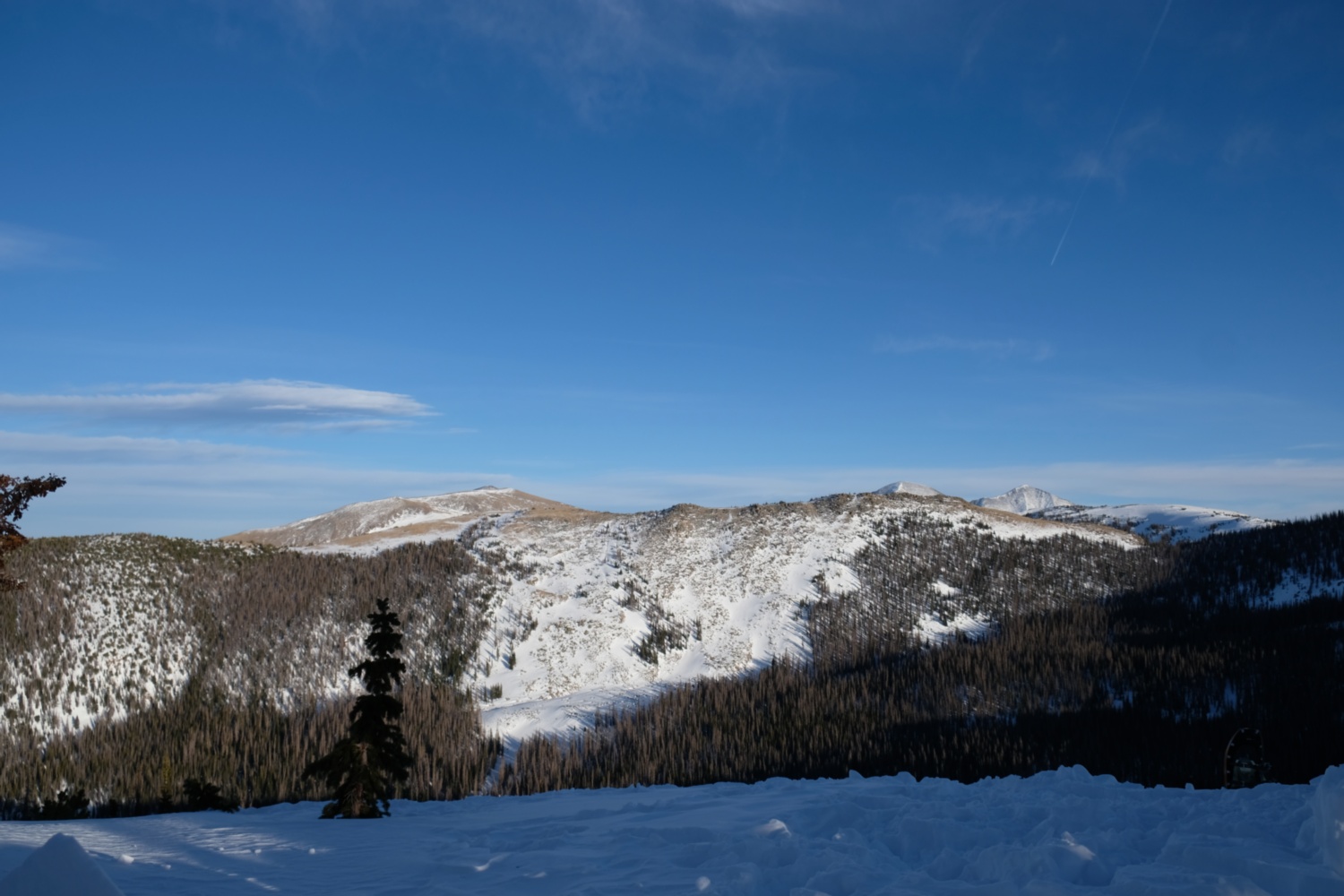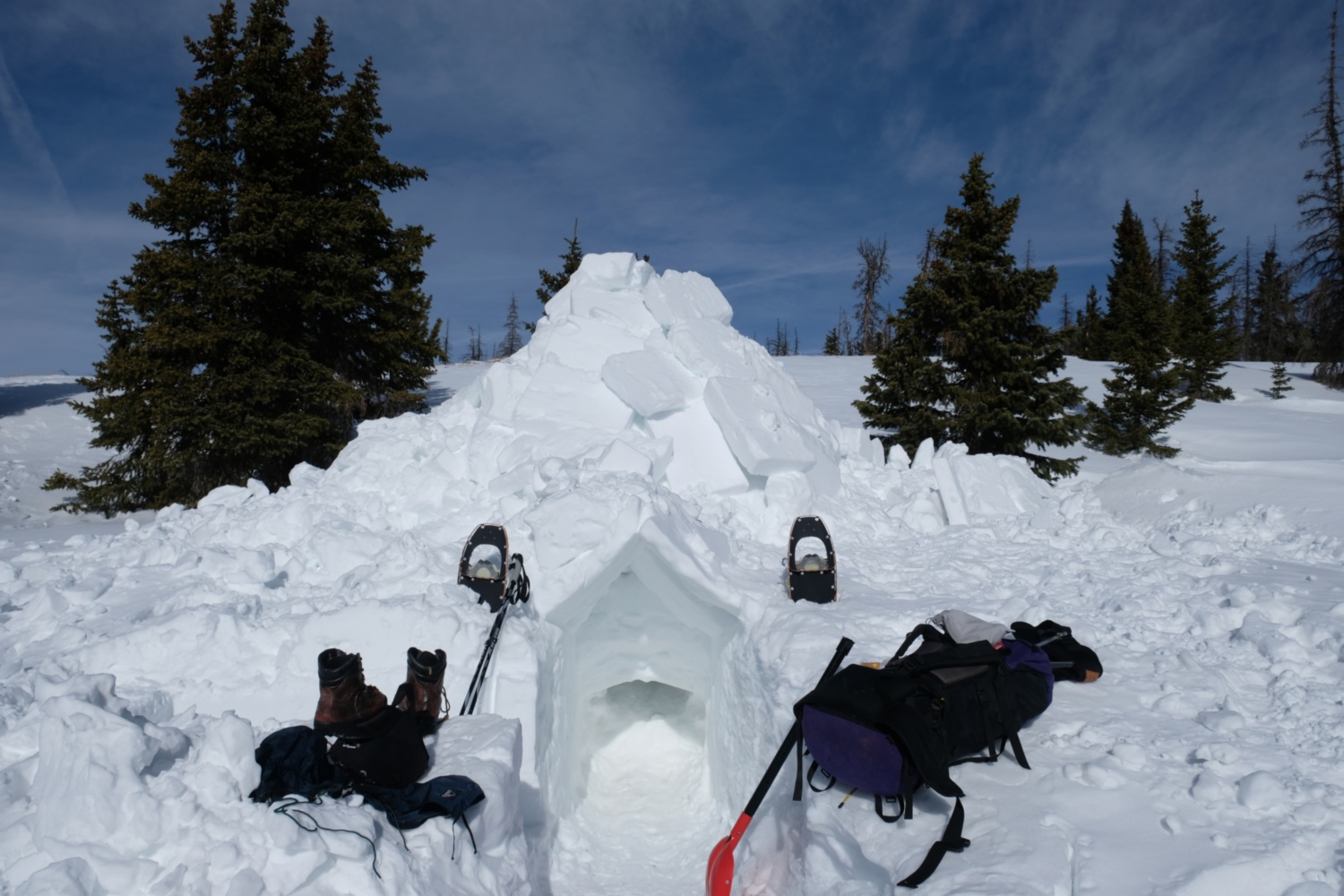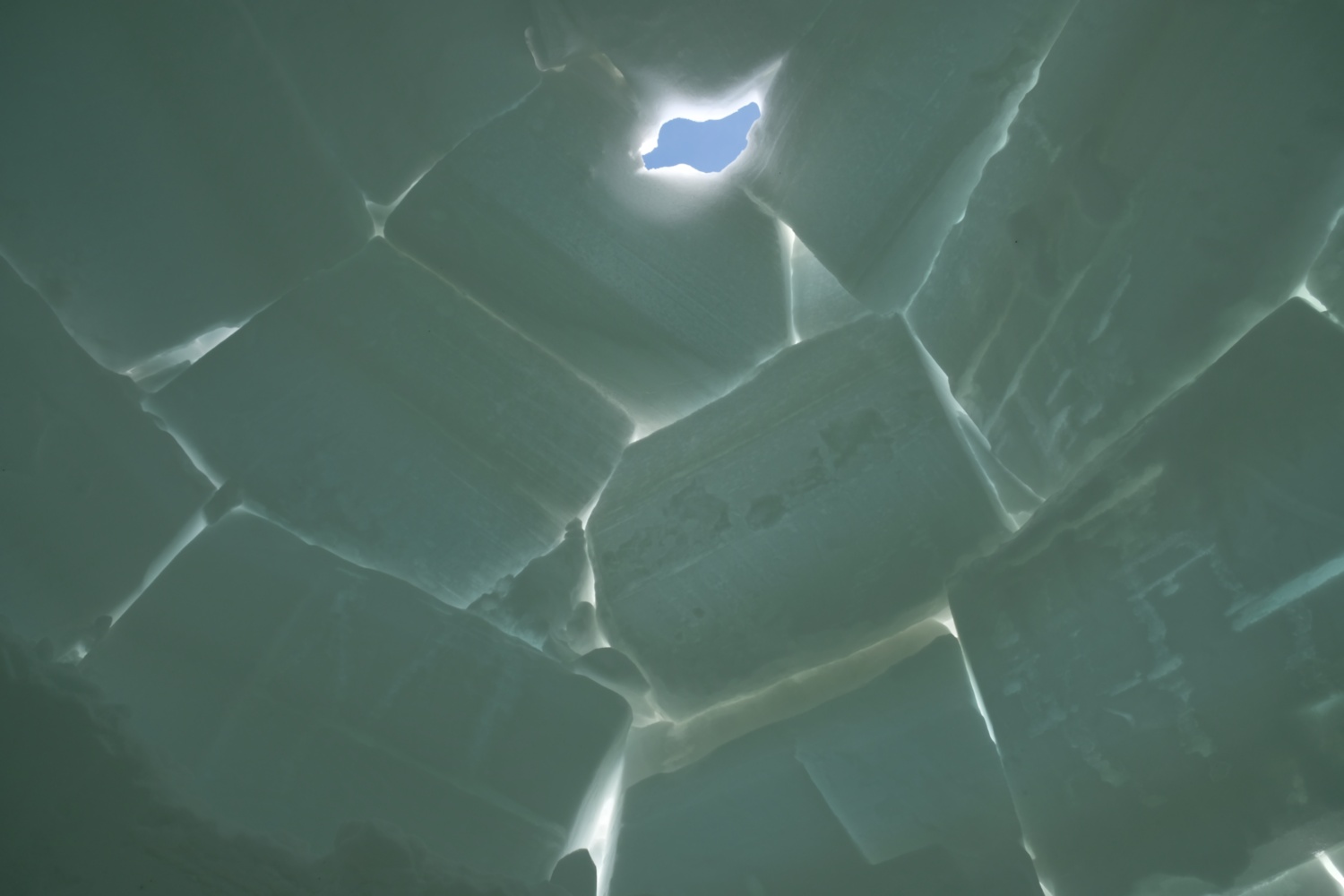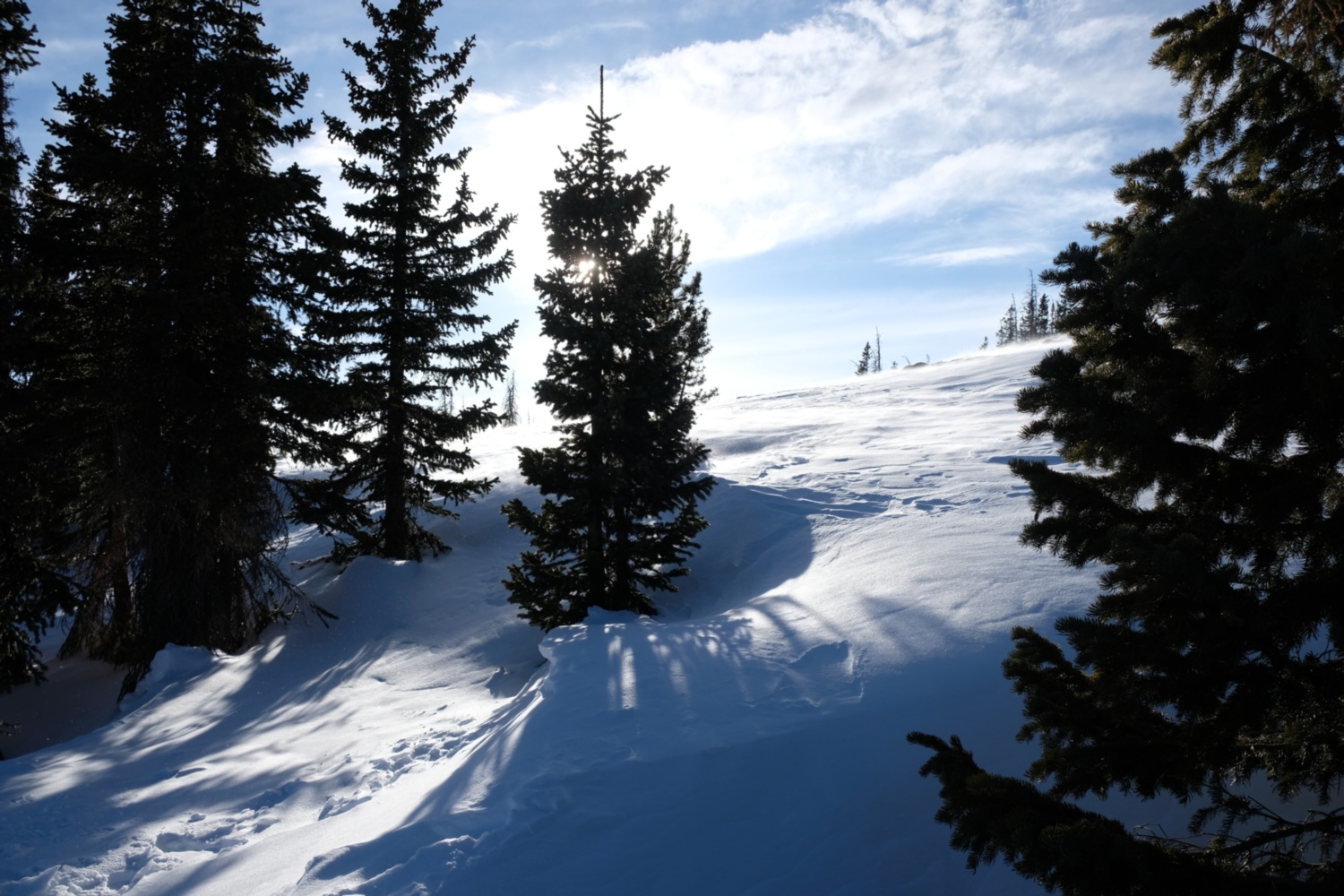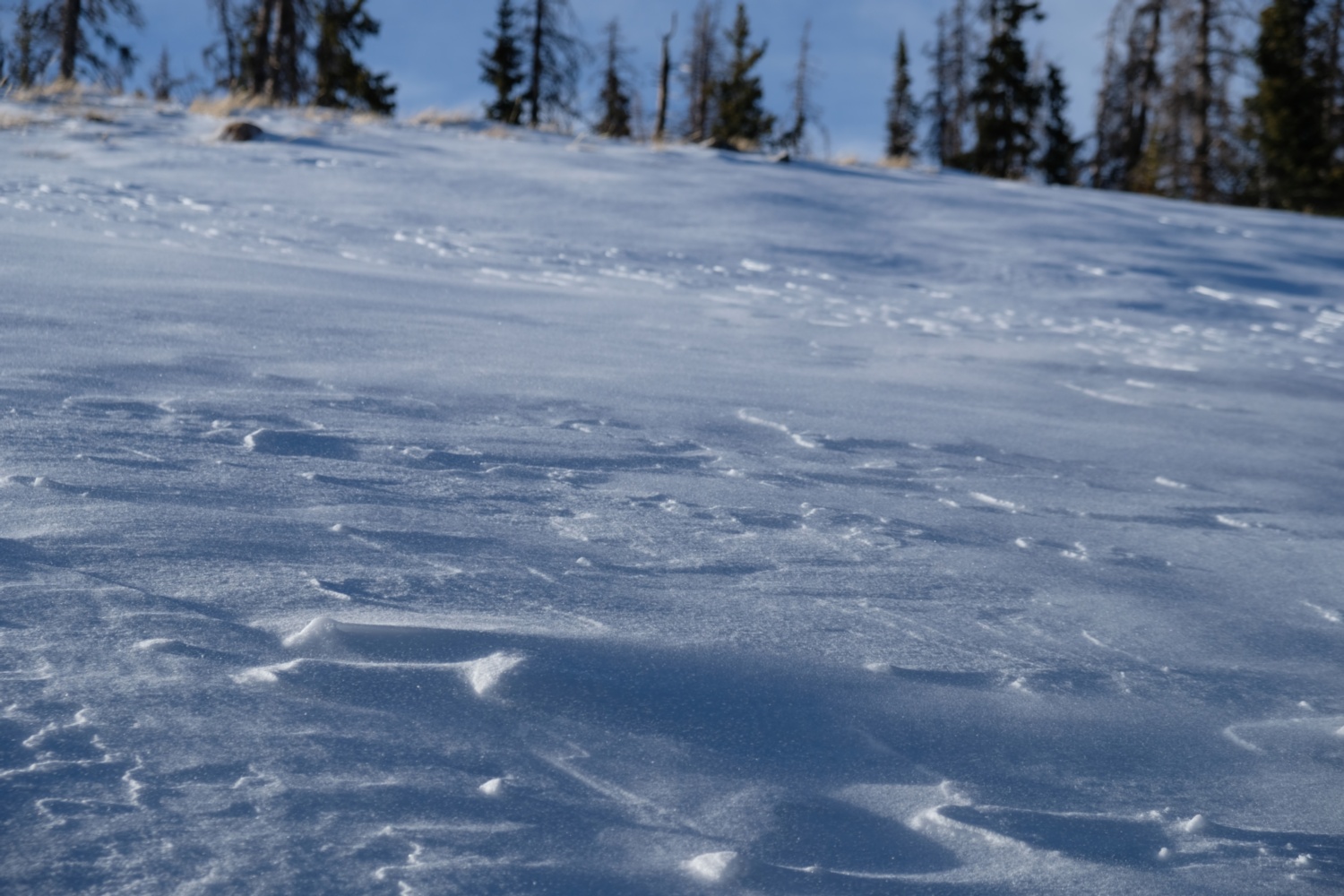2021 Monarch Pass Snow Camp
In February 2021 I decided that I hadn't done enough winter camping. Sure, there were a few trips, including the 2011 La Manga Pass Trip, but clearly not enough. After all, are you really doing enough winter camping when you are doing fewer than 37.2 trips per month?
Winter camping requires winter conditions. Sub-freezing temperatures and snow are a minimum. Ideally lots of snow, and sub-freezing temperatures 24-7. Winter camping is much much easier when the snow never melts, thus keeping your gear dry. Finding these conditions isn't always easy. You need both somewhere to start from (probably parking a car), and somewhere with optimum conditions within walking / snowshoeing / skying range of there.
Monarch Pass is up on the Continental Divide between Salida and Gunnison. The highway is plowed year-round, as is a large parking area. There is a nice ridge a mile or so south-east of the pass, making this an appealing snow camping launch spot.
There is a gift shop at the top with snacks and such. They have their own giant snow blower which they seem to enjoy using. It is not as large as the WSDOT snow blower I saw on Rainy Pass, but still quite large.
One way to make winter camping easier is to find a site and build a shelter the weekend before. I parked at Monarch Pass and snowshoed East. I found a nice snow drift on the ridge overlooking North Fooses Creek.
Igloo building was the same as on the prior La Manga trip. I have my quarry started here and an igloo started above. The quarry was positioned to eventually become the entry to the igloo.
The start of the igloo. It follows a circle made with the shovel, and you can see the start of the critical spiral block pattern.
As the igloo progresses the blocks start spiraling up. Every block is placed with three corners leaning against other blocks, keeping it from falling down.
As the igloo closes in it reaches a point where I can't step over the side to get blocks, and I didn't have anybody to hand them to me. So I stashed as many as I could inside to finish it up.
I also started the entry by quarrying to within a couple feet of the igloos side, and starting a tunnel under the igloo. After using all the blocks in the stash I dug through to the tunnel. Then I quarried a few more blocks out of the floor to finish the igloo.
Here is the igloo dome finished but before the cracks are chinked. After taking this picture I sealed it up tightly (except for an air hole at the top).
I also added an extra layer of blocks on the south side to protect it from the sun.
I had the igloo finished with plenty of time to head back home. The only worry was that somebody else would find it and move in before I returned the next weekend. Maybe I should have left a sign saying "Reserved, Mar 5-7. Reservation strictly enforced by ice weasels.
Thankfully, when I came back the following Friday, nobody was there. I enjoyed the view and moved in.
I dug an alcove for the camp stove. If you ever do this I recommend liquid fuel stoves; propane tends to freeze up. Oh, and things like steak and bacon work well winter camping, no ice chest needed.
The final floor of the igloo is a few feet below the original snow level, and just above the ceiling of the entry tunnel. Chunks of snow can be cut out of the lower section of the wall and melted for water. And shelves are easily added.
I also hung a lantern from the ceiling, just below the vent. Both the light and warmth are great; the igloo can warm up to just above freezing!
The lantern makes the igloo very inviting at night.
The spiral block pattern does not show up here due to the second layer of blocks piled over it for sun protection.
The next day I snowshoed up to the nearby summit. There is a lift up one side from Monarch pass, and also a road; both are closed in winter.
When I got back the igloo there was daylight left so I decided to expand the igloo with a snowhouse. I got a quarry started a suitable distance from the igloo and quarried straight toward the igloo.
The quarry is about done, and I have lots of blocks for the roof.
It was easier to dig through to the igloo before roofing over the snow house. Once the snow house is complete it is, except for a small air vent, sealed up to prevent heat loss through this hole.
Adding blocks to make the snow house roof...
The roof is done, now it just needs closed and sealed up.
The evening view was also nice.
The next morning it was time to pack up and head back.
The igloo held up well and made a nice shelter, but it was time to say goodbye. I left the igloo and told the ice weasels to let any other visitors stay.
I didn't get a chance to check back on the igloo later, but it probably lasted a few weeks. It was getting too warm for igloos to last long.
A nice trip, but these mountains are a harsh place in the winter.
Last Updated: March 19th, 2023; Original Posting.
© David C. Hunter, 2021-2023
fb {at) dragonsdawn (dot] org


